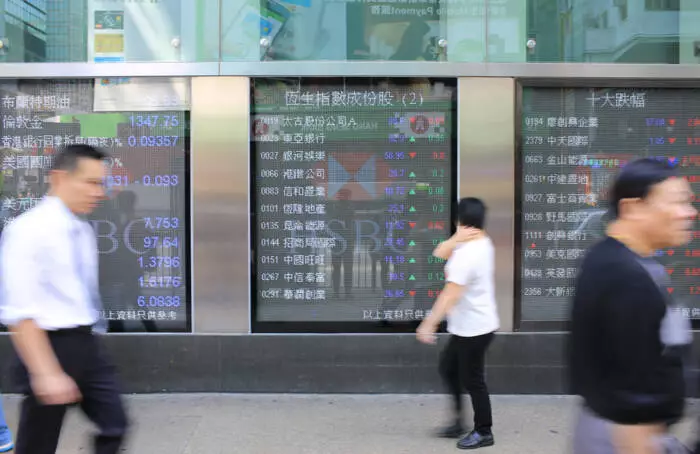In a time where global markets fluctuate with relentless volatility, the recent rally in tech stocks provides a beacon of hope. The CPC Politburo’s measures to stabilize the labor market and enhance economic conditions have proven beneficial, particularly for technology, which has emerged as the linchpin of this recovery. The Hang Seng Tech Index demonstrated a robust performance, soaring by 1.96% and pulling the broader markets along with it. Titans like Alibaba and Baidu witnessed significant gains of 6.35% and 6.12%, respectively, signifying the market’s faith in the tech sector as a catalyst for economic resilience.
What’s particularly noteworthy is the meteoric rise of electric vehicle makers, which underscores a fundamental shift in consumer preferences and energy policies. BYD Electronic International and NIO Inc. were standout performers, with NIO surging an impressive 15.9%. This not only highlights investor confidence in green technologies but also reflects the urgent global transition towards sustainable energy and vehicles. Such growth narratives are essential as traditional sectors show mixed performances, underlining the notion that the future remains technologically driven.
Regional Dynamics and Global Implications
While domestic optimism prevails, the international landscape complicates matters. The response from China’s Ministry of Foreign Affairs (MFA) regarding trade talks with the United States signals trepidation over external economic pressures. The MFA firmly stated that no negotiations are underway, challenging President Trump’s claims. Such a diplomatic stalemate threatens to eclipse the gains made on domestic fronts, as uncertainty in US-China relations can dampen investor sentiment across the region.
Moreover, commodity prices revealed a mixed bag; gold edged down by 0.25% while oil prices dipped due to fluctuating demand uncertainties. The sensitivity of these commodities to global economic indicators cannot be overstated, as they are often barometers of economic health. In particular, WTI crude oil’s 1.18% drop necessitates vigilance, especially in light of ongoing geopolitical tensions that could exacerbate supply chain issues.
Aussie Banks and Japanese Markets: Diverging Fortunes
In Australia, the ASX 200’s rise of 1.91% amidst falling US Treasury yields illustrates a distinct appetite for high-yielding bank stocks. The Commonwealth Bank’s six-week winning streak encapsulates the potential for domestic banking stability even as global headwinds persist. Meanwhile, commodities-based stocks such as BHP Group and Rio Tinto experienced significant rebounds, propelled by recent trade developments. The variances between these markets and those in Japan highlight regional disparities; the Nikkei’s 3.33% advancement ties closely to a potential US-Japan trade deal that could invigorate Japanese exports—a sign of divergent fortunes amid similar global challenges.
Opportunities and risks coalesce in this dynamic environment, especially with key economic indicators like the NBS and Caixin PMIs due soon. These data sets hold the potential to sway markets drastically, depending on whether they reinforce or undermine current investor strategies. Similarly, the Bank of Japan’s anticipated policy moves could either buoy or dampen risk appetite.
In this intricate tapestry of market dynamics, stakeholders must remain agile, watching for policy updates and economic indicators that will undoubtedly shape the forthcoming narrative of resilience or retreat. Insights drawn from careful monitoring can provide crucial advantages as the tale of recovery continues to unfold amidst uncertainty.

